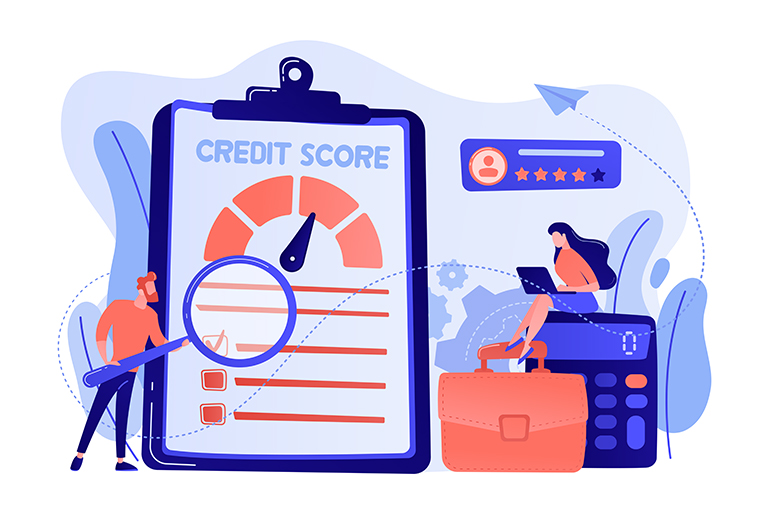Definitions may vary, depending on who is being asked, but experts on the subject generally agree on what constitutes credit risk. It is the possibility of a loss resulting from a borrower’s failure to repay a loan or fulfil (mainly financial) obligations agreed to under a contract. When a borrower does not repay what has been borrowed, the lender experiences the difficulties which are the manifestation of credit risk. Not everyone can repay on time, every time. Sometimes it is just an aberration for that particular repayment or period, and is not repeated. But it could compound over time, which increases the risk to the lender.
Of course, there is no way of being absolutely certain that a borrower may default, hence lenders usually put checks and balances in place to decrease the risk. Loans are made in a myriad of ways: loans for houses, machinery or vehicles, personal loans and credit cards. Credit risk also applies to companies that supply goods to customers; these customers may not pay on time or in full, thus jeopardising the supplier’s cash flow and credit standing. The supplier or manufacturer may have itself taken loans which it must service, from financial institutions, to operate its manufacturing plant or business.
To decrease credit risk, lenders usually assess customers’ ability to repay through their credit history, financial capacity, and the value of the collateral offered. Loans come with conditions; similarly, companies which supply goods to their customers will stipulate conditions for payment of invoices. For example, payment for the goods must be made within 30 or 60 days of delivery. Determining customers’ ability to repay can be a complex process; many financial institutions have departments that concentrate exclusively on determining the creditworthiness of their borrowers. Technology is used extensively to gather and analyse data for this purpose.
This assessment is used to determine how much of a risk the potential borrower poses to the lending institution. If the risk is perceived as higher, the bank may decide to apply a higher rate of interest for what it lends, or place more stringent terms and conditions on the loan. When lending to individuals, banks may look at the person’s credit history and attribute a credit score to determine how much can be loaned to her/him. Similarly, when lending to companies, the organisation’s financial capacity will come under scrutiny, including its past financial track record of borrowings and repayments, and its financial statements. Its industry may also come under scrutiny, to determine if it is competitive enough.
The lending institution may decide to maintain this scrutiny for the entire timeframe of the loan, and make adjustments to its terms and conditions if there are changes in the industry. It will also determine if the firm already has loans, how much of that has been utilised, and the value of its assets which can be held as collateral against the loan. Many analysts opine that one of the major factors that precipitated the financial crisis of 2007–2008 was the lack of scrutiny by lending banks, of borrowers’ ability to pay. Credit risk was ignored in the race to tie borrowers to large loans, leading to the banks suffering great losses when these borrowers defaulted on housing loan repayments.
In the wake of this painful, financially turbulent period, regulations were tightened and, globally, there was a more concerted push for appropriate credit risk management This included more stringent credit-granting processes together with measuring, monitoring and tighter controls. Today more than ever, credit risk is high on the regulatory agenda; everybody wants more transparency, and this has spurred financial institutions to understand their customers better within the context of credit risk. Over the past decade, financial institutions have revised their approaches to credit risk and are now conscientiously conducting more meaningful evaluations and ticking boxes.
The challenges remain, of course. Measuring credit risk is never easy. Correct data is imperative but not always available when it needs to be. Documentation and reporting are still not the easiest things to do, although technology has helped reduce some of the tediousness, and the days of the manual spreadsheet are over. Even so, beefing up credit risk mitigation goes beyond mere compliance exercises. By putting all these processes and procedures in place, organisations are in effect improving their performance, identifying areas with shortfalls, and generally securing for themselves a competitive advantage.
Despite more effort and resources being allocated towards credit risk mitigation nowadays, credit risk remains one of the most fundamental risks faced by organisations everywhere. Cash flow problems, changes in interest rates or the business environment to any degree, even changes in government policy – all these have an impact on credit risk, and ultimately causes investors to lose their investment, or the firm to lose its value, its talent, its assets and its position in its field.


























